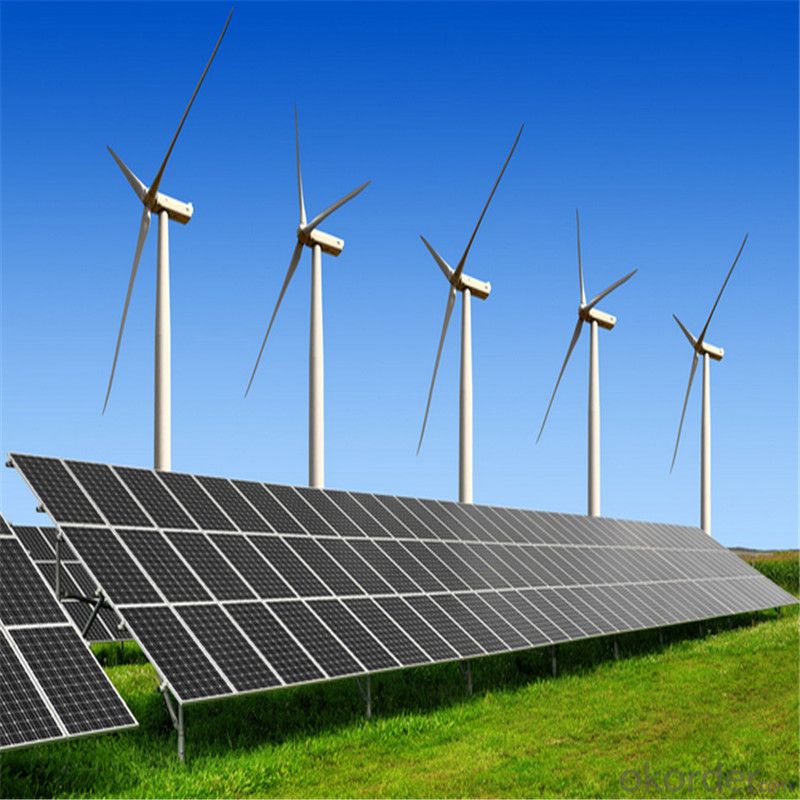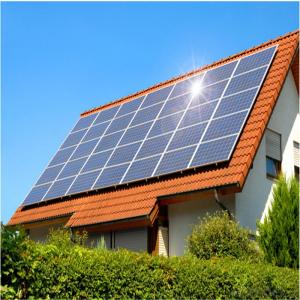215 Watt Photovoltaic Poly Solar Panel
- Loading Port:
- China main port
- Payment Terms:
- TT OR LC
- Min Order Qty:
- 1000 watt
- Supply Capability:
- 500000 watt/month
OKorder Service Pledge
OKorder Financial Service
You Might Also Like
Item specifice
Instruction
Quality and Safety
1. Rigorous quality control meets the highest international standards.
2. High-transmissivity low-iron tempered glass, strong aluminium frame.
3. Using UV-resistant silicon.
4. IS09001/14001/CE/TUV/UL
5.3w-300w mono & poly solar panel supply
Warranties
1. 10 years limited product warranty
2. 15 years at 90% of the minimal rated power output
3. 25 years at 80% of the minimal rated power output
Feature
1. High efficiency and High power.
2. Long-term electrical stability.
3. Lowest price and Fastest delivery.
4. Good quality and good service.
5.Bulk supply
6. Good Warranty
7.Big Sale
8.High quality
9.More than 35 years on the lifetime.
10 DHL/Fedex/UPS/TNT/EMS etc
Images


Specification
Model | SIM-100 |
Maximum Power at ST(Pmax)W | 100Wp |
Maximum Power Voltage(Vmp)V | 18.0V |
Maximum Power Current(Imp)A | 5.56A |
Open Circuit Voltage(Voc)V | 22.0V |
Short Circuit Current(Isc)A | 5.9A |
Cell Efficiency(%) | 17.0% |
Module Efficiency(%) | 15.37% |
Operating Temperature°C | -40°C to 85°C |
Maximum system voltage | 1000V(IEC)DC |
Power tolerance | -0.03 |
Temperature coefficients of Pmax | -0.45%/°C |
Temperature coefficients of Voc | -0.27%/°C |
Temperature coefficients of Isc | 0.05%/°C |
Weight(kg) | 7.4 |
Number of cell(pcs) | 4*9 |
FAQ
We have organized several common questions for our clients,may help you sincerely:
1). What’s price per watt?
A: It’s depends on the quantity, delivery date and payment terms of the order. We can talk further about the detail price issue. Our products is high quality with lower price level.
2). Can you tell me the parameter of your solar panels?
We have different series of cells with different power output, both from c-si to a-si. Please take our specification sheet for your reference.
3). How do you pack your products?
We have rich experience on how to pack the panels to make sure the safety on shipment when it arrives at the destination.
4). How long can we receive the product after purchase?
In the purchase of product within three working days, We will arrange the factory delivery as soon as possible. The perfect time of receiving is related to the state and position of customers. Commonly 7 to 10 working days can be served.
- Q:Can solar cells be used in mining or extraction operations?
- Yes, solar cells can be used in mining or extraction operations. They can be employed to power various equipment and machinery used in these operations, such as lighting systems, ventilation systems, and pumps, reducing the reliance on fossil fuel-based energy sources. Additionally, solar cells can also be utilized to provide electricity to remote mining sites where grid connections are not feasible, thereby reducing the environmental impact and operational costs associated with these operations.
- Q:Can solar cells be used for indoor lighting?
- Yes, solar cells can be used for indoor lighting. However, since solar cells require sunlight to generate electricity, they need to be connected to batteries or other energy storage systems to store the energy for use during nighttime or when there is limited sunlight. Additionally, the efficiency of indoor lighting using solar cells may be lower compared to traditional electrical grid-powered lighting systems.
- Q:What is the impact of extreme temperature fluctuations on solar cell efficiency?
- Extreme temperature fluctuations can have a significant impact on solar cell efficiency. When the temperature rises, solar cells tend to generate less electricity due to increased resistance and decreased voltage. Conversely, in colder temperatures, solar cells may experience higher efficiency initially, but this could be offset by reduced performance as the temperature drops even further. Therefore, extreme temperature fluctuations can lead to a decrease in overall solar cell efficiency, affecting their ability to harness and convert sunlight into usable electrical energy.
- Q:How are solar cells connected to the electrical grid?
- Solar cells are connected to the electrical grid through a process called grid-tied solar system. This involves installing an inverter that converts the direct current (DC) produced by the solar cells into alternating current (AC), which is the standard form of electricity used in the electrical grid. The AC electricity generated by the solar cells is then fed into the electrical grid through a bi-directional meter, allowing both the solar system to supply electricity to the grid when it produces excess power and receive electricity from the grid when the solar cells are not generating enough power. This connection enables solar energy to be seamlessly integrated into the existing electrical grid system.
- Q:Can solar cells be used for powering satellites?
- Yes, solar cells can be used for powering satellites. In fact, they are one of the most common and efficient methods of generating electricity in space. Solar cells convert sunlight directly into electricity, which is then used to power various systems and instruments onboard a satellite.
- Q:How much energy can a solar cell produce?
- The amount of energy a solar cell can produce depends on various factors such as its size, efficiency, sunlight intensity, and duration of exposure. On average, a standard solar cell can generate around 200 to 300 watts of power per square meter under optimal conditions. However, advancements in technology are continuously increasing the efficiency and power output of solar cells.
- Q:PV: the battery to the battery charge problem
- Resistance into the battery, then there is a change, because the battery resistance is constantly changing. When the battery is full, the measured voltage is the float voltage, it is full. When full, cut off the solar energy output, you can protect.
- Q:How much space is required to install solar cells?
- The amount of space required to install solar cells can vary depending on factors such as the size and efficiency of the solar panels, the energy needs of the property, and the available sunlight. Generally, a typical solar panel requires about 100 square feet of space, but it can vary significantly based on individual circumstances and requirements.
- Q:What is the impact of solar cells on reducing noise pollution from power generation?
- Solar cells have a minimal impact on reducing noise pollution from power generation since they operate silently, unlike traditional power plants that emit noise during operation.
- Q:Can solar cells generate electricity on cloudy days?
- Yes, solar cells can generate electricity on cloudy days. While their efficiency may be reduced compared to sunny days, solar cells can still convert sunlight, even on cloudy days, into usable electricity.
1. Manufacturer Overview |
|
|---|---|
| Location | |
| Year Established | |
| Annual Output Value | |
| Main Markets | |
| Company Certifications | |
2. Manufacturer Certificates |
|
|---|---|
| a) Certification Name | |
| Range | |
| Reference | |
| Validity Period | |
3. Manufacturer Capability |
|
|---|---|
| a)Trade Capacity | |
| Nearest Port | |
| Export Percentage | |
| No.of Employees in Trade Department | |
| Language Spoken: | |
| b)Factory Information | |
| Factory Size: | |
| No. of Production Lines | |
| Contract Manufacturing | |
| Product Price Range | |
Send your message to us
215 Watt Photovoltaic Poly Solar Panel
- Loading Port:
- China main port
- Payment Terms:
- TT OR LC
- Min Order Qty:
- 1000 watt
- Supply Capability:
- 500000 watt/month
OKorder Service Pledge
OKorder Financial Service
Similar products
New products
Hot products
Hot Searches
Related keywords



























